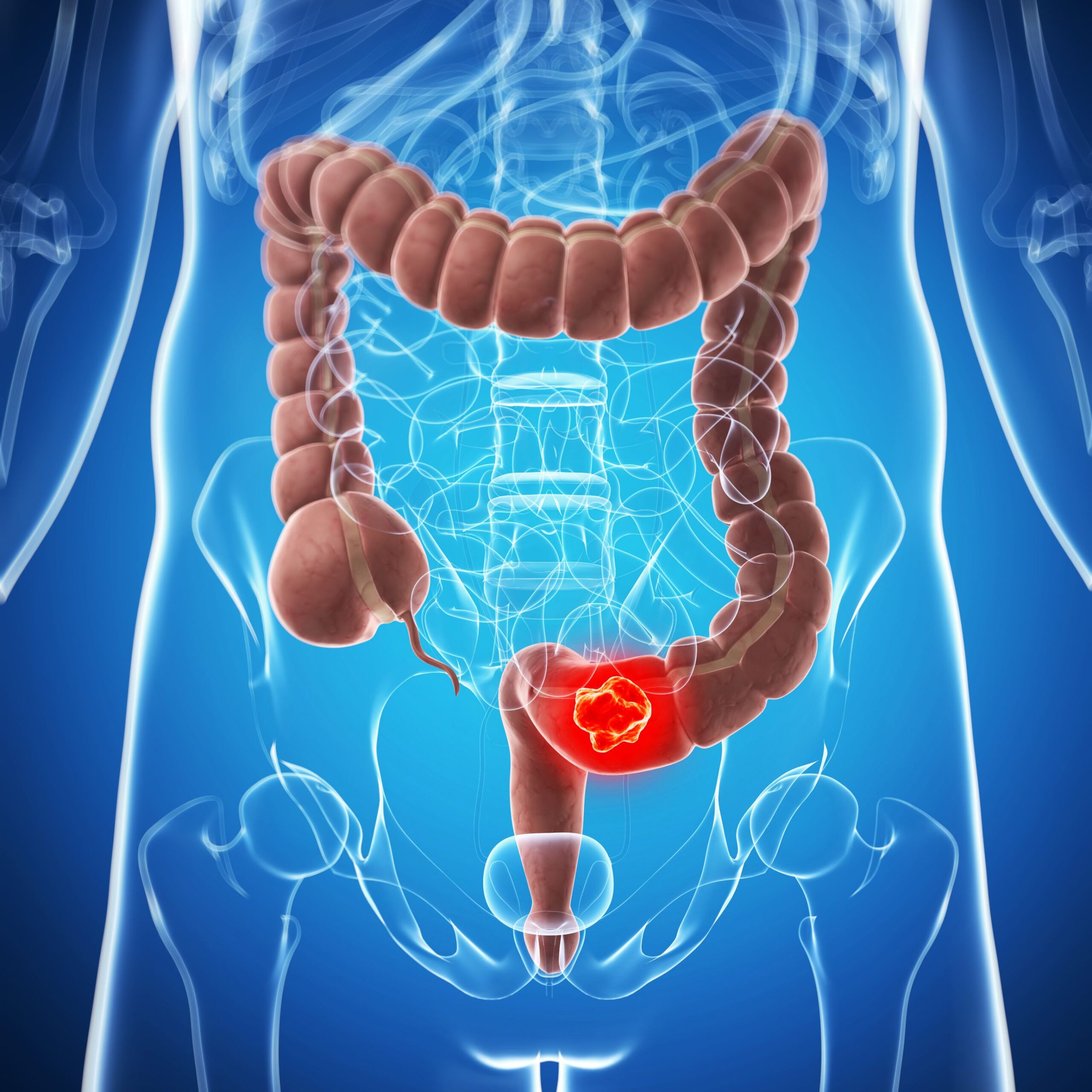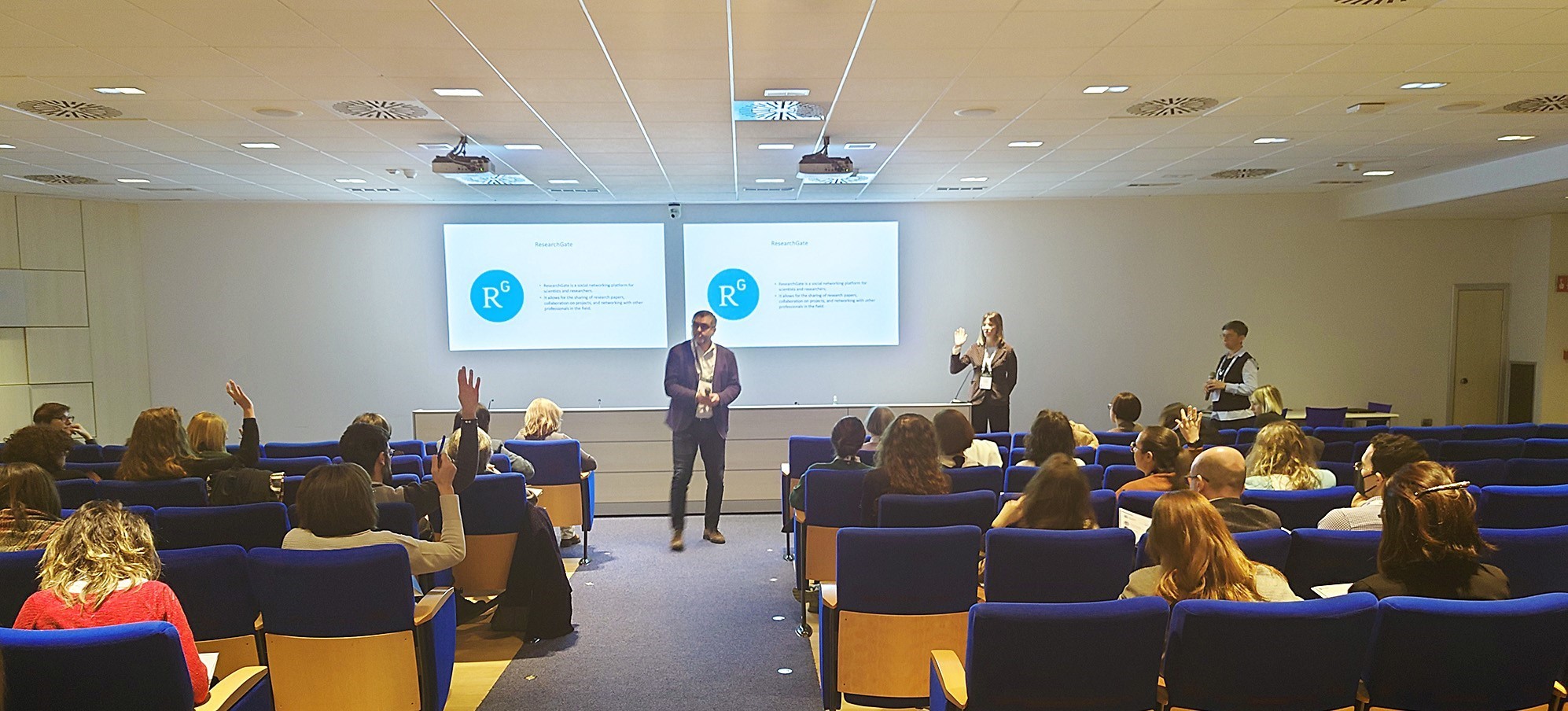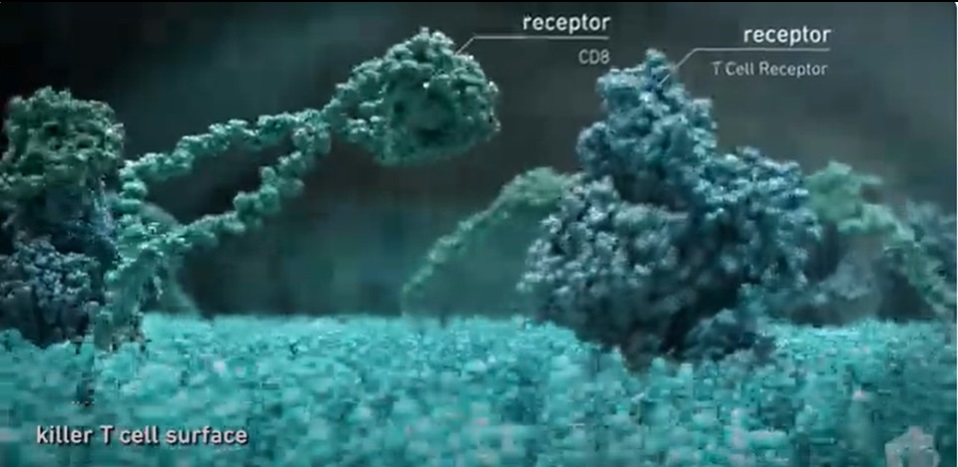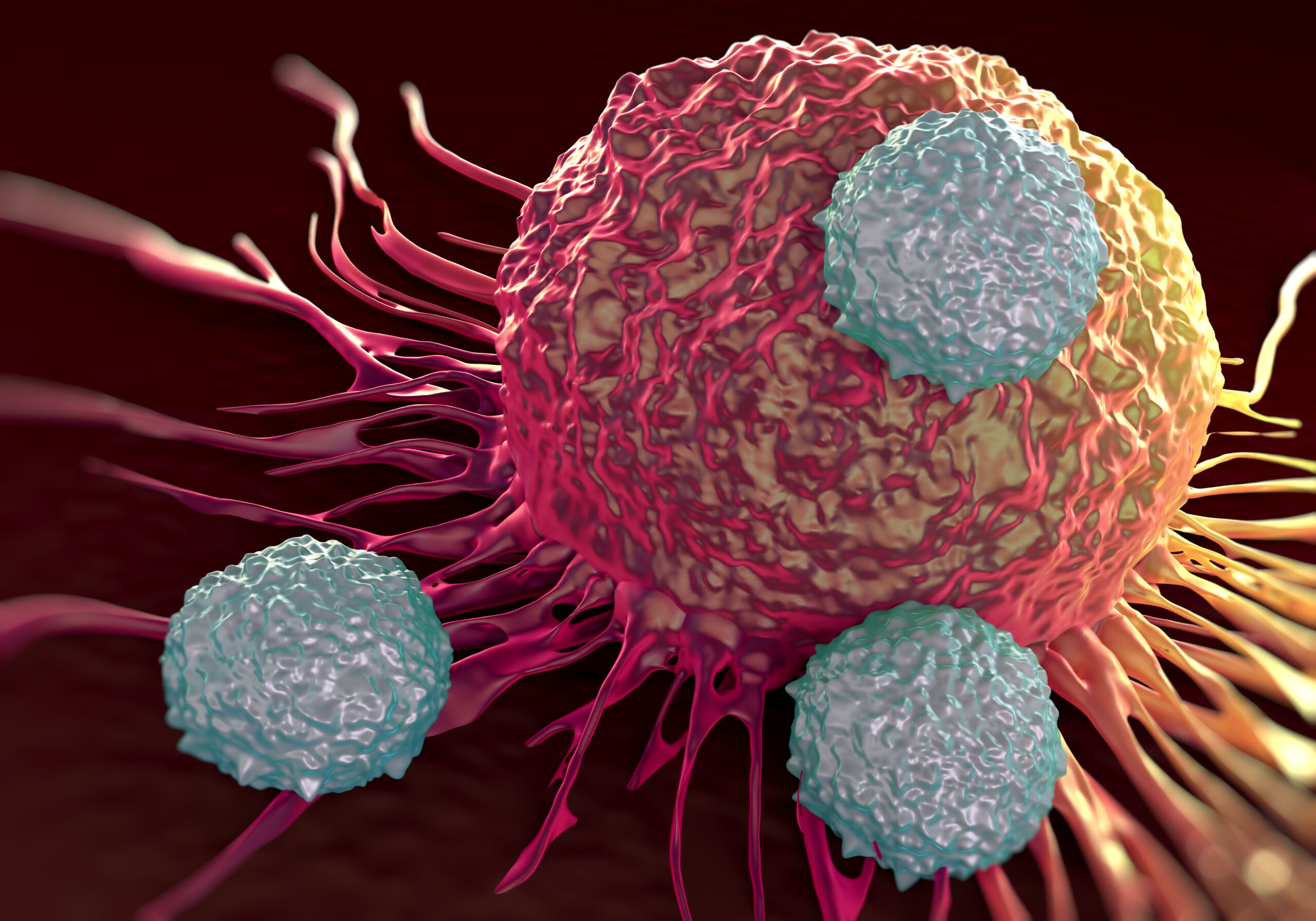Category: News
-

New research published in Nature sheds light on the intricate workings of chimeric antigen receptor T cell (CAR T) therapies, offering insights into why these treatments are effective and how they improve with time. The study, conducted by scientists from the Children’s Hospital of Philadelphia (CHOP) and Stanford University School of Medicine, unveils the pivotal…
-

Researchers at the Fred Hutchinson Cancer Center have made a significant breakthrough in understanding the role of a specific subtype of bacterium commonly found in the mouth in the context of colorectal cancer (CRC). Through meticulous analyses of human tumor tissues and studies in mice, the team has identified a particular lineage, or clade, of…
-

In an increasingly knowledge-driven and communicative society, the role of the medical writer emerges as a crucial yet often underestimated profession. To shed light on this fascinating yet still relatively unknown field in Italy, we turn to a true expert in the field: Andrea Rossi. With a career spanning over three decades in the world…
-

In the realm of genetic medicine, where breakthroughs often pave the way for revolutionary treatments, a new genomic technique has emerged, promising to complement the strides made with the CRISPR-Cas technology. Recently published in the prestigious journal Nature Biotechnology, a study titled “Harnessing Eukaryotic Retroelement Proteins for Transgene Insertion into Human Safe-Harbor Loci” unveils the…
-

The p53 protein, often referred to as the “guardian of the genome,” plays a crucial role in cell biology by regulating cell cycle, apoptosis, and genomic stability. Its functions include activating DNA repair proteins, arresting cell growth in response to DNA damage, initiating programmed cell death, and contributing to the senescence response. Alterations of p53…
-

A recent study conducted by a team of researchers from the Australian National University (ANU) has shed light on a previously misunderstood aspect of the immune system, unveiling the crucial role of atypical B cells (ABCs) in the fight against persistent infections, particularly malaria. The study, titled “Zeb2 drives the formation of CD11c + atypical…
-

In a landmark study published on February 15, 2024, researchers from Harward University, led by Professor Andrew Myers, revealed a groundbreaking synthetic antibiotic called cresomycin. This innovative antibiotic demonstrates remarkable efficacy against antimicrobial resistance mechanisms that have posed formidable challenges to existing treatments. Cresomycin was meticulously designed using a revolutionary method known as component-based synthesis.…
-

We had the opportunity to converse with Daniela Longo and delve into the survey aimed at understanding the field of medical writers in Italy under the aegis of the European Medical Writers Association (EMWA). Daniela Longo, a graduate in pharmaceutical biotechnology with a doctorate in clinical and experimental medicine, spent her early career years working…
-

In a groundbreaking paper titled “Naturally occurring T cell mutations enhance engineered T-cell therapies,” scientists from the University of California, San Francisco (UCSF) and Northwestern Medicine have unveiled a revolutionary technique poised to tackle solid tumors. The researchers focused on naturally occurring mutations in malignant T cells causing lymphoma, identified one with exceptional potency, and…
-

In a groundbreaking development that merges the realms of technology and neuroscience, Elon Musk’s Neuralink has achieved a major milestone by successfully implanting its first brain chip in a human. The announcement, made by Musk himself in a post on X, marks a significant leap forward in the ambitious quest to develop brain-machine interfaces that…
